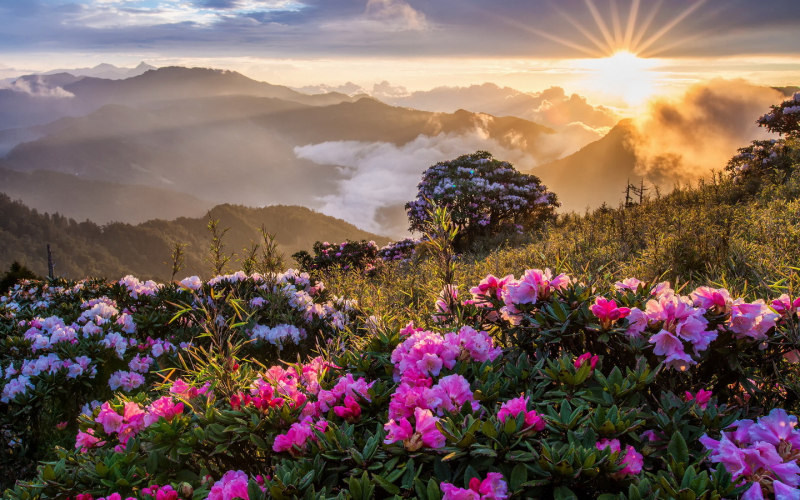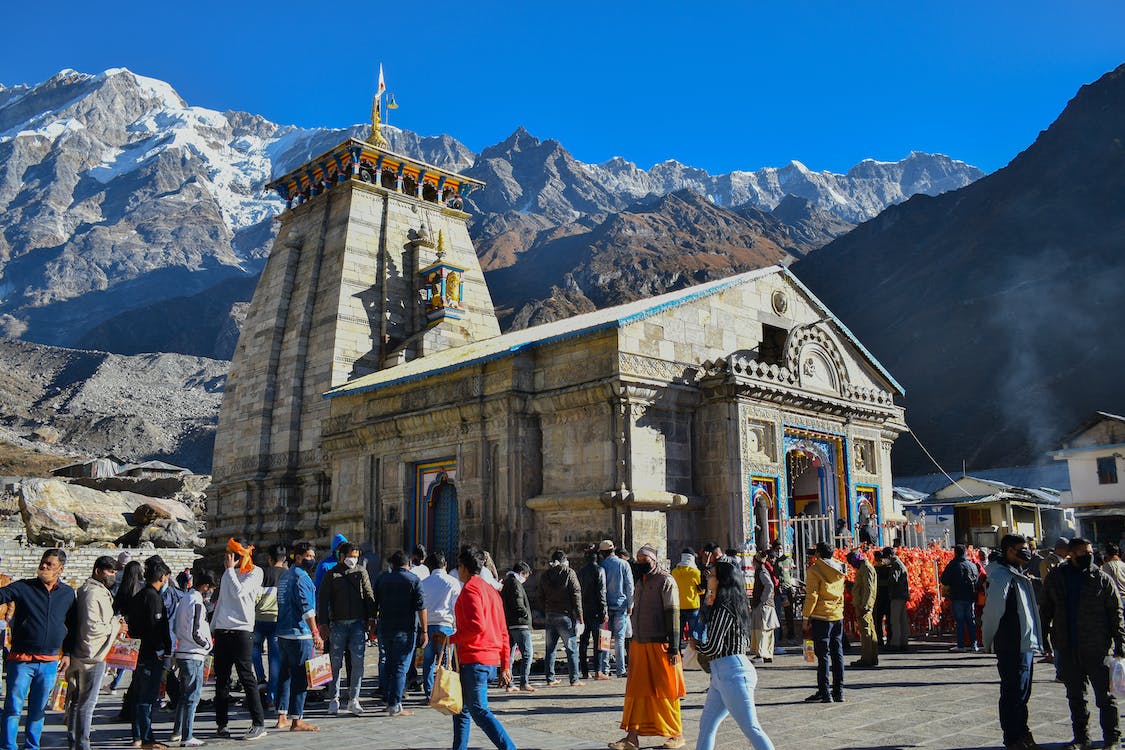Starting From
93500
85000 Download PDF Book Now
The North Base Camp in Tibet and the South Base Camp in Nepal are the two base camps for Everest treks. The terminus of this fabled walk is the Nepalese camp in the Khumbu area, which is commonly referred to as Everest Base Camp in Nepal. It's hidden away at the end of a lengthy valley that splits at the Sherpa settlement of Dingboche and cuts into the Himalayas. Right outside the camp, the difficult Khumbu Icefall, the first challenge for anyone trying an Everest summit push, starts to ascend to the Western Cwm, the peaks of Lhotse and Nuptse, also known as the Valley of Silence.
Trek Info
Trail Type : One way Trek. The Trek starts and end at Lukla
Rail Head : Kathmandu is not connected to any railways
Airport :Kathmandu ( Tribhuvan International Airport)
Base Camp :Kathmandu
Best Season :Summer Trek (Mid April- June) Autumn Trek (Sep-Mid Nov)
Service From :Lukla to Lukla
Meals :Veg
Stay :Homestay/ Tea houses
Region :Nepal
Duration :13 Days
Grade :Difficult
Maximum Altitude :18200 Ft
Approx Trekking KM :110 Km
| 1 |
Day :1 Arrive at kathmandu
|
| 2 |
Day :2 Fly to Lukla, Trek to Phakding| Enjoy a scenic flight
|
| 3 |
Day :3 Phakding to Namche Bazaar| A major Trading Hub in Khumbu
|
| 4 |
Day :4 Acclimatization day| Explore Namche bazaar
|
| 5 |
Day :5 Namche Bazaar to Tengboche| Visit the Largest Buddhist Monastery Of Khumbu
|
| 6 |
Day :6 Tengboche to Dingboche| Stunning views of Ama Dablam
|
| 7 |
Day :7 Dingboche (Rest Day)| Acclimatize to Higher Altitudes
|
| 8 |
Day :8 Dingboche to Lobuche|Pay your Respects in Everest Memorial
|
| 9 |
Day :9 Lobuche to Gorkhashep| Excursion to Everest Base Camp
|
| 10 |
Day :10 Hike to Kalapatthar and Retreat Trek to Pangboche/ Pheriche| Enjoy arresting views of MT. Everest
|
| 11 |
Day :11 Pangboche to Namche Bazaar| Buy some Souvenirs
|
| 12 |
Day :12 Namche Bazaar to Phakding to Lukla| Last day of Trekking
|
| 13 |
Day :13 Fly back to Kathmandu| Bid Adieu to the Mountains
|
If you are travelling from India or any other country, book your flight tickets for Day Minus One, which is two days before Day 1 on the itinerary. If your trek start day is 15 September, book your air tickets for 13 September to either Kathmandu on 14 September to Lukla.
This is the quickest way to reach Lukla. Take a flight to Kathmandu and then another flight to Lukla.
Lukla is a small town with an airstrip that drops off to the valley. There are daily flights in the morning from Kathmandu to Lukla. Flights into Lukla are highly weather-dependent. A cloud covering a mountain ridge can shut down the entire airport! This is why you must book the first flight out of Kathmandu and factor in buffer days in the itinerary.
Tip: If you are reaching Kathmandu early on Day Minus One, you can think of taking a flight on the same day as well. We have seen the notorious airport of Lukla where trekkers have missed flights for two straight days because of weather conditions. This will give you two buffer days in case there is any delay.
Reaching Lukla early will give time for your body to acclimatise better as well.
In case a flight from Kathmandu to Luka isn’t working out, your other option to Lukla will be to take a flight from Manthali airport, which is close to Ramechhap.
Take a regular shared cab or bus from Kathmandu to Ramechhap. The duration of the drive is between 5-7 hours. And these modes of transport are almost always available in trekking season.
Tip: The best way is to take a shared Cab from New Bus Park Kathmandu, which cost NPR 500, is much more comfortable than a bus and moves after every one hour.
Take this option if you are reaching out more than a week in advance to Kathmandu.
The trek starts from a small village called Jiri which is 7-8 hrs of bus journey from Kathmandu. It is an astounding distance of 56 km and can take anywhere between 4 days to 7 days to reach Lukla.
Again, do this only if you have a lot of time in hand and the required experience and fitness to be able to trek for 16 days after this.
The trek ends at Lukla on Day 17 including a buffer day.
For your return journey, you can again fly back from Lukla to Kathmandu. Or you could fly via Ramechhap.
Taking into account the buffer day: Booking your return tickets requires some thought. First, always book your return ticket keeping in mind the buffer day. The buffer day must be included in your itinerary. If your trek ends on Day 16 do not book your flight/bus tickets for Day 16. Instead, book for Day 17. Day 17 is your buffer day.
While booking hotels on your return, always assume book your rooms assuming the buffer day is not being used. Assume the trek is going to run without any hiccups. So what happens if you use your buffer day on the trek? Unfortunately, then you’ll probably lose your hotel booking.
So book hotels where you may not have to transfer money in advance. Even if you do, consider it better than missing out on the trek. In Kathmandu, it is not difficult to find last minute hotel bookings if in case the buffer day is used.
Ques: 1 How long is the trek to Everest Base Camp Nepal?Ans: 1 The Everest Base Camp Nepal Trip is possibly the most well-known trek in Asia, and possibly the whole globe. The path has recently seen congestion and some pollution. Nothing, however, can compare to the exhilarating sense of adventure that comes with making the ascent to the very edge of the highest mountain in the world. When you get a jaw-dropping broadside of Mount Everest from a viewpoint on the south side of Ama Dablam in the early going of your journey, this reaches a fever pitch. |
Ques: 2 Distance to be covered in the Everest Base Camp Nepal TrekAns: 2 The trek's rewards aren't always easy to come by. Everest Base Camp Nepal is a high-altitude route that takes a significant amount of time to acclimatize to. The 80-mile (130-km) journey from Lukla usually takes 12–14 days of intense trekking (yes, even your "rest days" require walking!). However, the reason the entire journey takes so many days is that it needs to be broken down into manageable portions owing to the altitude, with acclimatization and rest days thrown in. The majority of itineraries allow enough time to finish each leg in a single day at a speed significantly slower than the standard trekking pace. |
Ques: 3 What is the best time to visit for trekking to Everest Base Camp Nepal?Ans: 3 Pre- and post-monsoon, or March–May and October–November, respectively, are the two primary trekking seasons to reach Everest Base Camp. It is also feasible to go outside of these months; however, owing to the weather, these would be the busiest seasons. It starts chilly and grows warmer from March to May, and the opposite is true after the monsoon. |
Ques: 4 Why You Should Do Everest Base Camp Trek?Ans: 4 As it is a once-in-a-lifetime opportunity, everyone must go on this trek. There are some stunning views of the Himalayas that you will not find anywhere else. Another reason for taking this trek is spirituality, as there are various beautiful monasteries like Tengboche Monastery. You have the opportunity to take a flight along the hills because the airport is located in Lukla. You get to enjoy the sightseeing experience of Sagarmatha National Park which is a UNESCO world heritage site. There you can see animals like snow leopards, Himalayan goats & eagles, and blue sheep. |
Life is unpredictable and we understand sometimes you have to cancel or change your trip dates and it is our endeavour to make it as easy possible for you. However, please understand we plan everything including guide fees, permits, accommodation and ration in advance. Therefore any cancellation means inconvenience and certain losses to the people involved in various stages of programme. Keeping that in mind, our cancellation charges are as below-
Cancellation prior to 30 days from start of the event: Get monetary refund with 15% of cancellation charges on trek fee.
Cancellation between 30 days and 15 days to the start of event: 50% on trek fee is non refundable and the remaining 50 % will be given as cash voucher which is valid for 1 year.
Cancellation less than 15 days to the start of event: No refund.
Please note cancellation will be only accepted by email.
Note: The Himalayan Daredevils reserves the right to cancel a programme before departure in the event of logistical problems arriving due to natural calamities, strikes, wars on any other circumstances that makes the event inadvisable. In this case, we will refund 50% of the event fees.
Itinerary changes & trip delays:
We plan itineraries based on the information at the time of planning and in rare circumstances, there are subject to change. In the event that the itinerary is changes or delayed due to unforeseen circumstances such as bad weather conditions, transportation delays, government intervention, landslides etc. We will always aim to give you the best experience possible. However The Himalayan Daredevils are not be held responsible for the cost of delay or changes.
October 2024
Note:- For booking click on the dates available in green color
Why Choose Us
Related Blogs

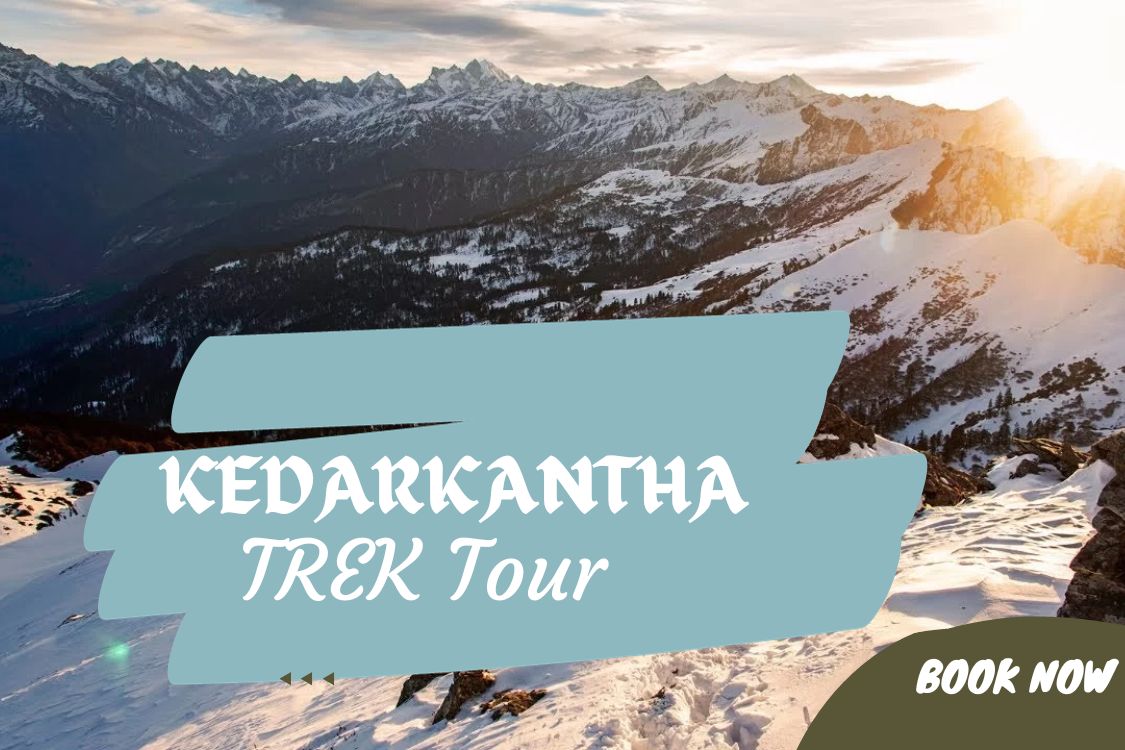
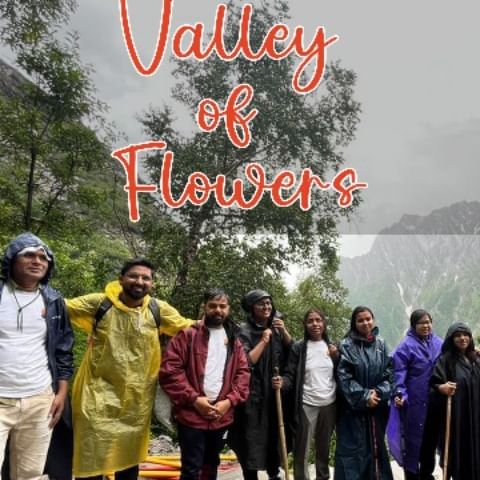
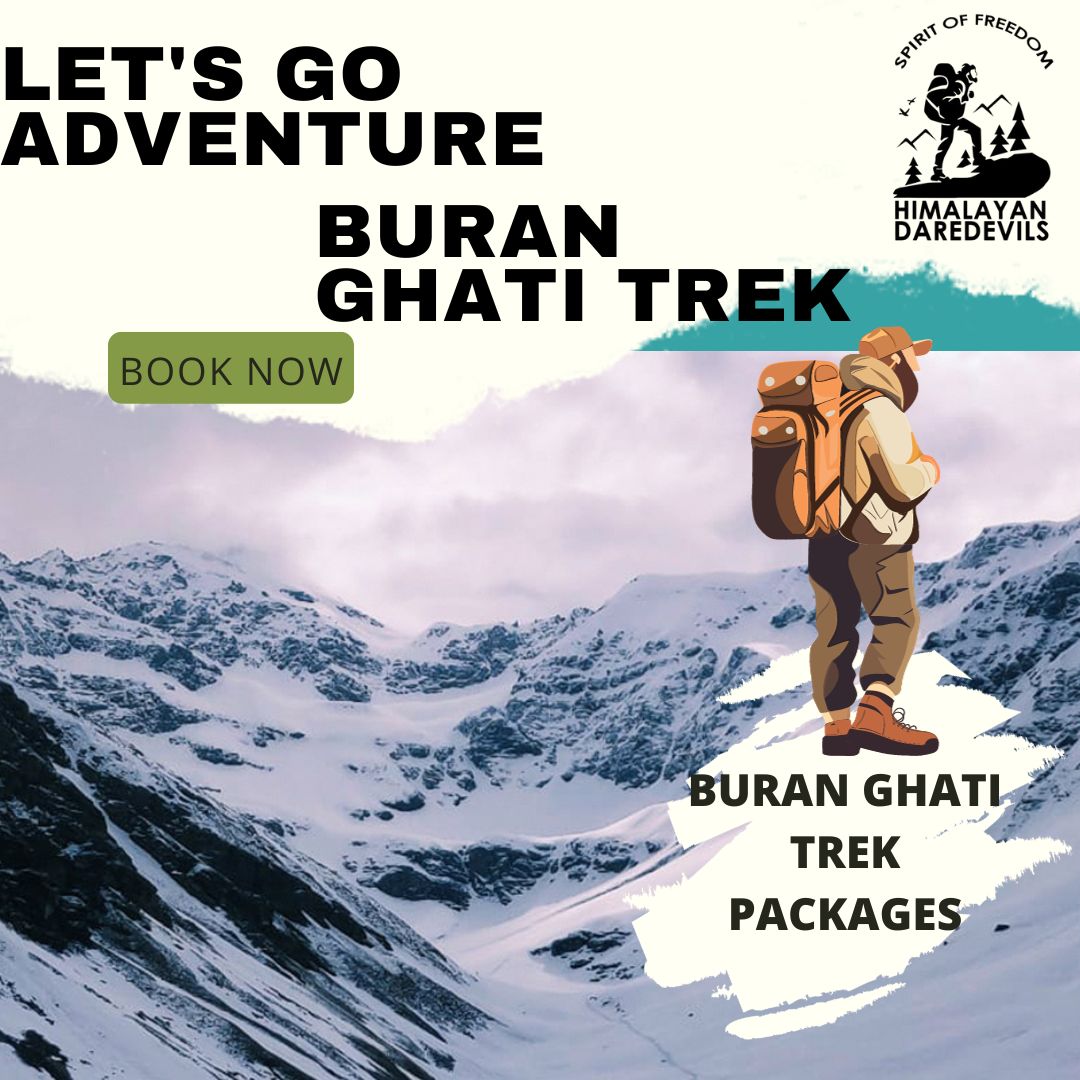

.jpg)
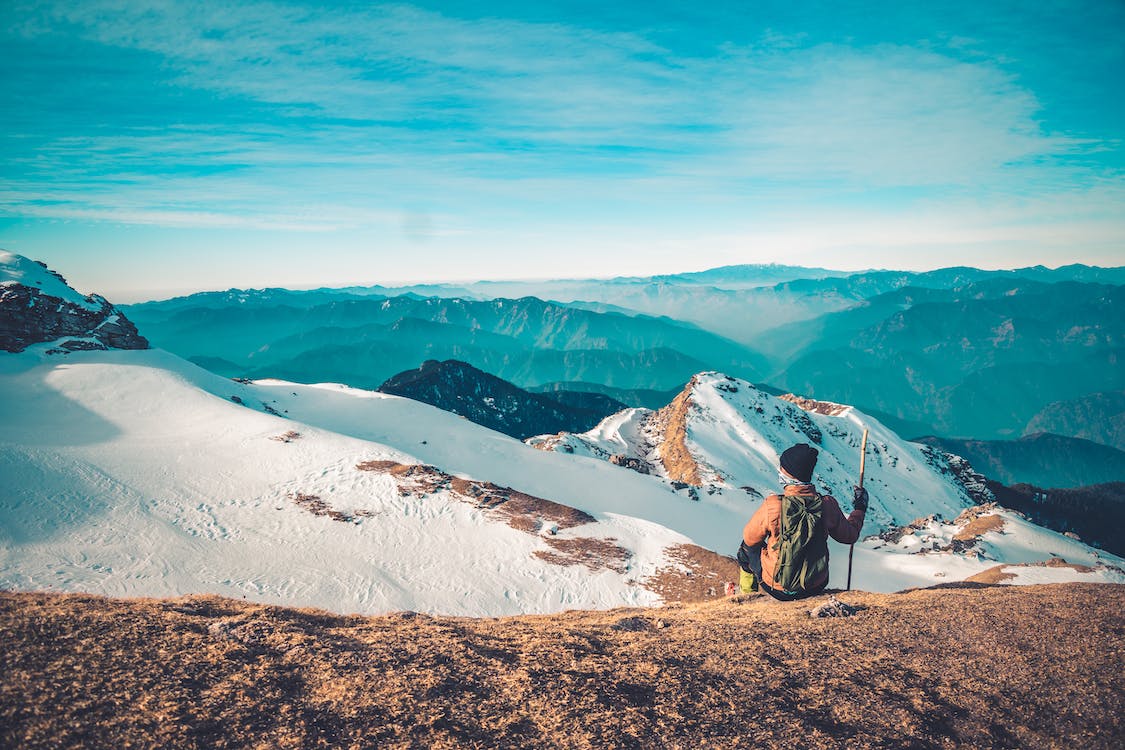
.jpg)
.jpg)
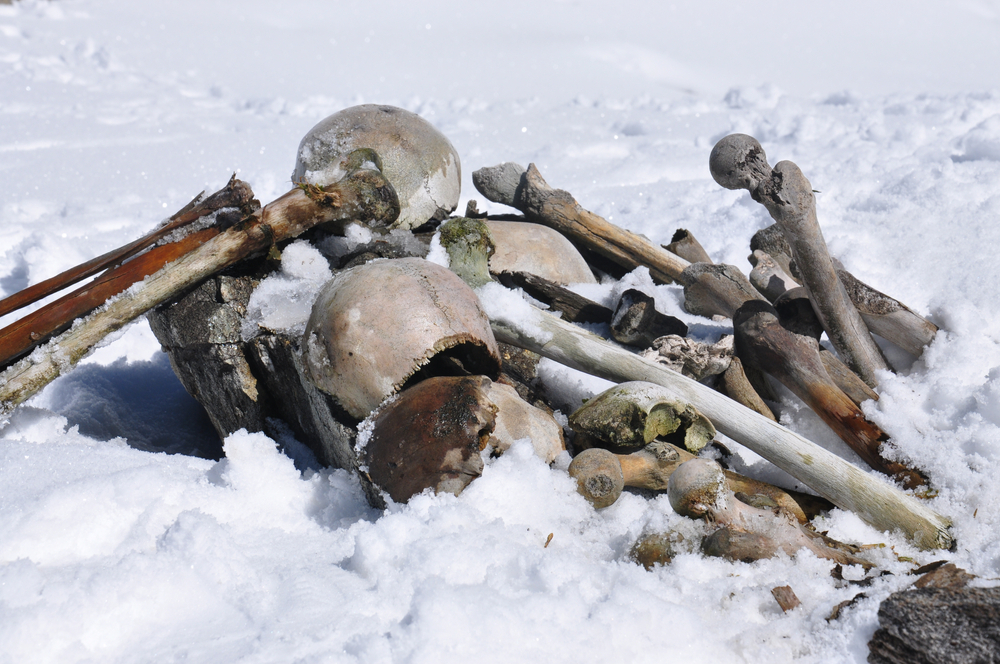

.jpg)

